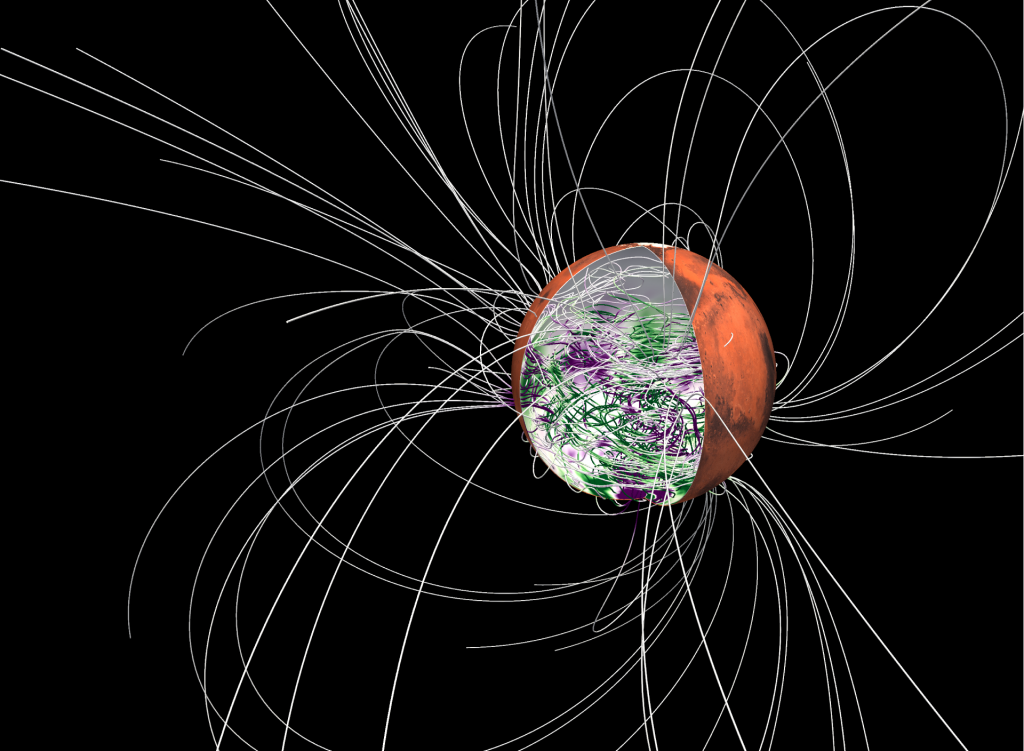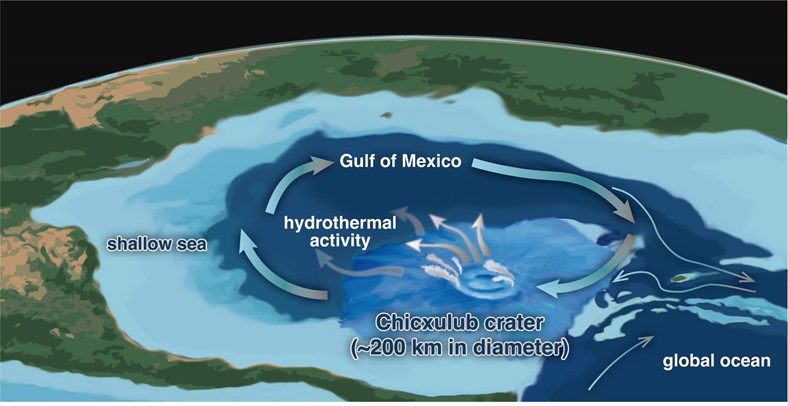Scientists for the first time have detected a slow slip earthquake in motion during the act of releasing tectonic pressure on a major fault zone at the bottom of the ocean. The slow earthquake was recorded spreading along the tsunami-generating portion of the fault off the coast of Japan, behaving like a tectonic shock absorber.… Continue Reading Scientists Capture Slow-Motion Earthquake in Action
UT Austin Grad Students Find Missing Link in Early Martian Water Cycle
Billions of years ago, water flowed on the surface of Mars. But scientists have an incomplete picture of how the Red Planet’s water cycle worked. That could soon change after two graduate students at The University of Texas at Austin filled a large gap in knowledge about Mars’ water cycle — specifically, the part between… Continue Reading UT Austin Grad Students Find Missing Link in Early Martian Water Cycle
How Activity in Earth’s Mantle Led the Ancient Ancestors of Elephants, Giraffes, and Humans into Asia and Africa
What roils beneath the Earth’s surface may feel a world away, but the activity can help forge land masses that dictate ocean circulation, climate patterns, and even animal activity and evolution. In fact, scientists believe that a plume of hot rocks that burst from the Earth’s mantle millions of years ago could be an important… Continue Reading How Activity in Earth’s Mantle Led the Ancient Ancestors of Elephants, Giraffes, and Humans into Asia and Africa
Molten Martian Core Could Explain Red Planet’s Magnetic Quirks
Like Earth, Mars once had a strong magnetic field that shielded its thick atmosphere from the solar wind. But now only the magnetic imprint remains. What’s long baffled scientists, though, is why this imprint appears most strongly in the southern half of the Red Planet. A new study from the University of Texas Institute for… Continue Reading Molten Martian Core Could Explain Red Planet’s Magnetic Quirks
Life Recovered Rapidly at Site of Dino-Killing Asteroid. A Hydrothermal System May Have Helped.
About 66 million years ago, an asteroid slammed into the planet, wiping out all non-avian dinosaurs and about 70% of all marine species. But the crater it left behind in the Gulf of Mexico was a literal hotbed for life enriching the overlying ocean for at least 700,000 years, according to research published today in… Continue Reading Life Recovered Rapidly at Site of Dino-Killing Asteroid. A Hydrothermal System May Have Helped.
- 1
- 2
- 3
- …
- 22
- Next Page »





